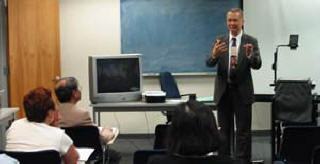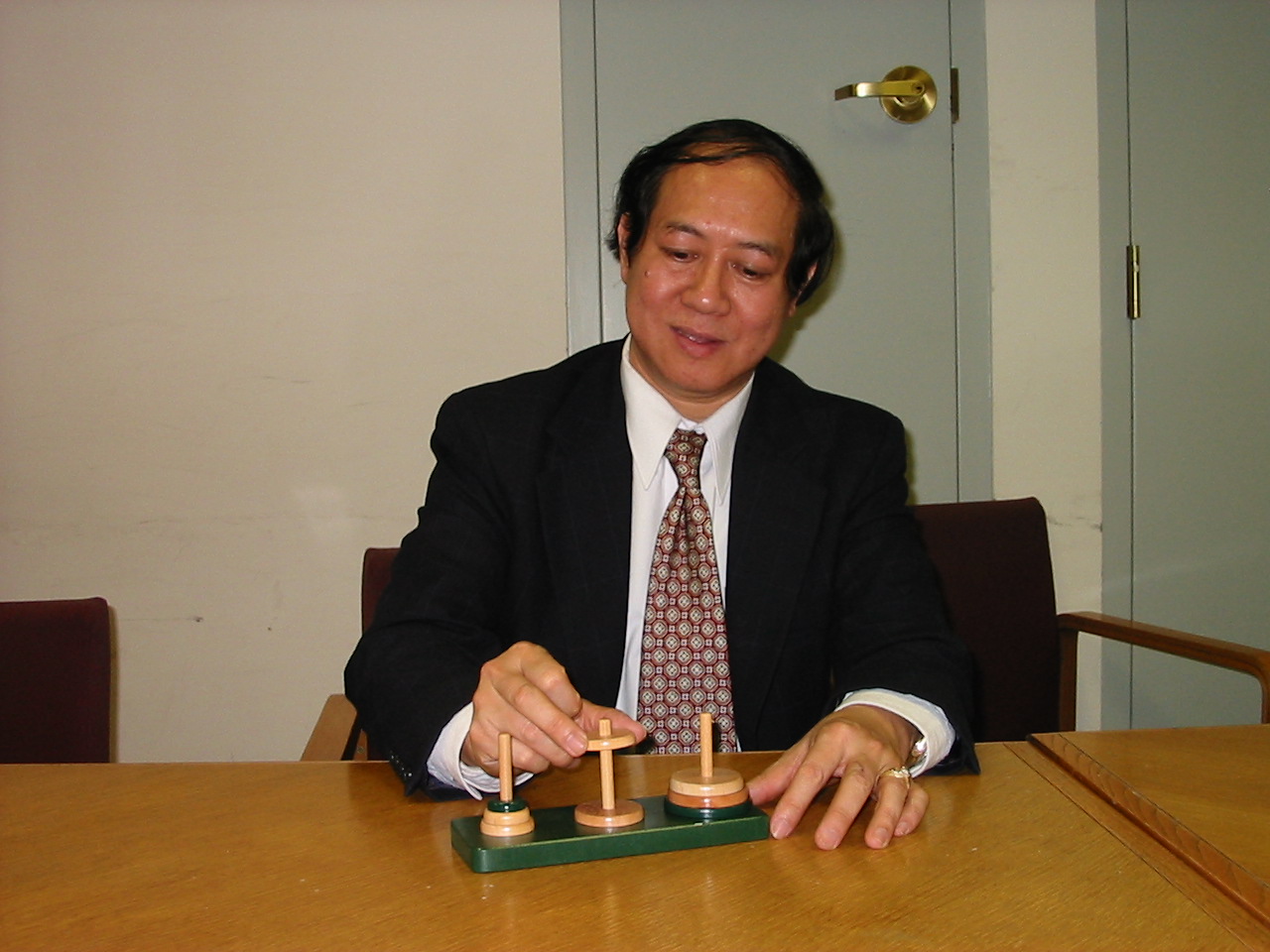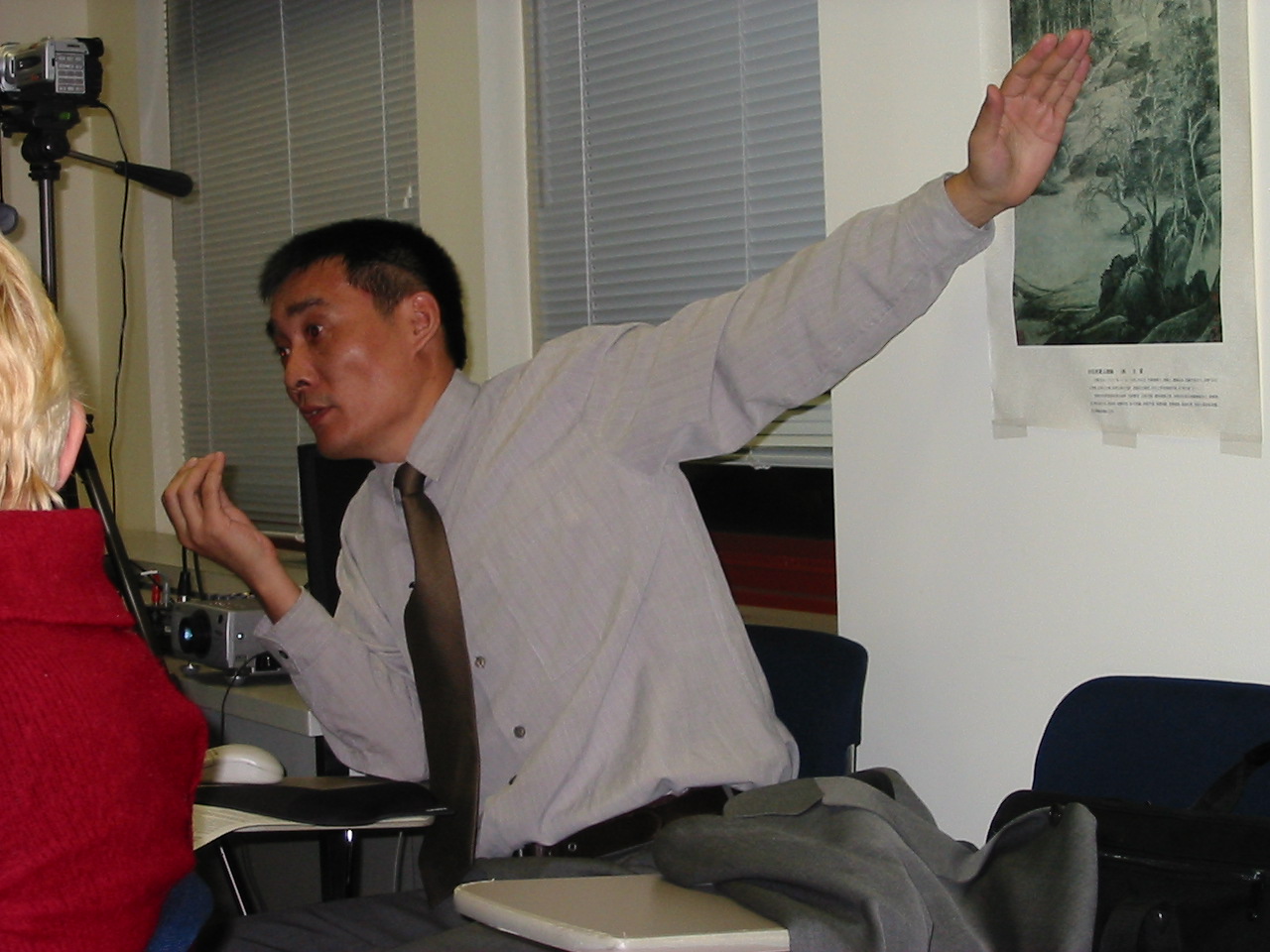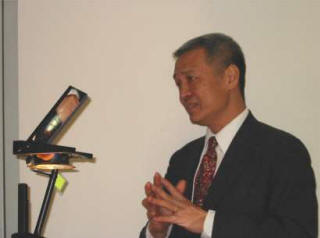Introduction to Yogacara Buddhism: Asanga, Vasubandhu and Hsuan-Tsang
Hsuan Tsang, the famous Chinese monk from the Tang dynasty, traveled from China to India to learn Yogacara Buddhism. He crossed deserts, mountains, rivers and spent eighteen years before his triumphant return to his country and began the daunting task of translating the sutras and commentaries that he brought back. One of the most important … Read more





